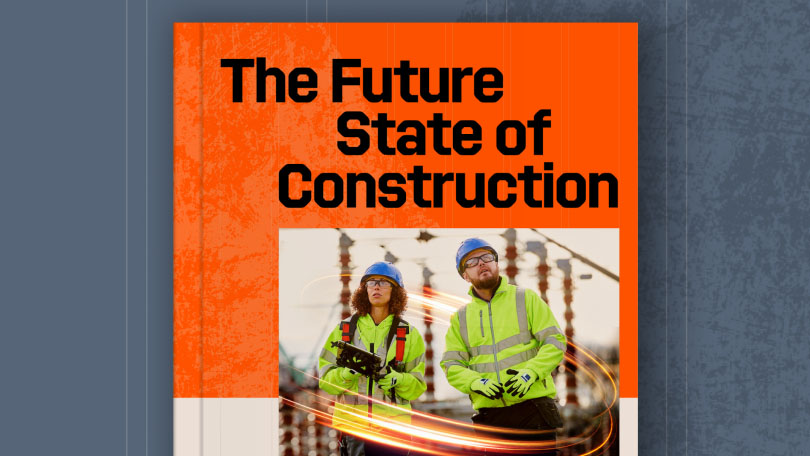Related Articles
— 5 min read
Ctrl + Build: Right First Time – Why Hyperscalers are Raising the Bar on Quality and How Builders Can Keep Up

Last Updated Sep 10, 2025

Maryrose Walsh
Maryrose is the Manager of Enterprise Solutions Engineering at Procore and is dedicated to transforming the construction industry through innovative technology solutions. With a life long career in Pre Sales spanning many industries, she has a strong technical foundation in software architecture, integration, and scalable platforms. Bringing this rich experience to Procore, Maryrose excels at aligning complex solutions with the real-world needs of construction businesses through her customer first mindset and strategic approach. With her passion for driving innovation and efficiency, she is dedicated to collaborating with construction organisations to achieve transformative outcomes through technology.
Last Updated Sep 10, 2025

The race to build data centres is fast and furious. Hyperscalers are pushing hard on speed, performance, compliance and price – and builders are expected to keep up. With construction costs high, margins slim and rework a serious risk to profitability, the only way forward is simple: Get It Right First Time.
Table of contents
Pressure is Building
Australia is the third most expensive country in Asia Pacific to build a data centre, behind only Japan and Singapore according to Cushman & Wakefield. As AI fuels global demand, pressure is building.
Global data centre investment hit historic highs in 2024. Savills reports that tech titans like Amazon, Microsoft, Meta and Alphabet poured more than US$200 billion in AI-driven infrastructure. Blackstone’s US$16.1 billion acquisition of AirTrunk, with 800MW of capacity, marked the largest data centre deal globally on record.
Data centres must adhere to the highest quality standards and operators are looking to one metric above all others: Right First Time.
Maryrose Walsh
As investment flows, expectations grow. Owners want better reporting, greater transparency and faster delivery. And they’re embedding these expectations directly into contracts.
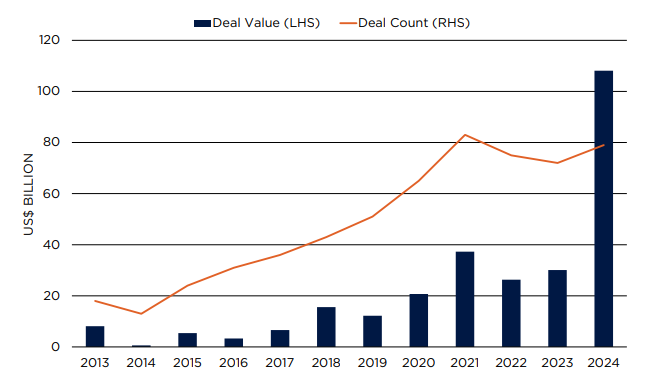
Global Private Investment in Data Centres. Source: Savills, 2025.
What ‘Right First Time’ Really Means
Right First Time, or RFT, isn’t about being flawless. It’s about being deliberate, disciplined and data-driven. On high stakes projects like data centres, RFT means:
- Minimal defects
- Fewer retests
- Faster, smoother handovers
- No surprises at commissioning.
RFT is now a contractual, tracked metric on many data centre builds. Builders are measured on their first-pass success rate. When a builder hits RFT benchmarks, they build trust. When they fall short, they don’t often get a second chance.
The High Cost of Getting it Wrong – At Scale
Rework is costly on any project. But for hyperscalers developing data centres across multiple regions, often simultaneously, the risks multiply.
Each site may be delivered by a different builder. Each region may have its own regulatory requirements, supply chain challenges and labour conditions. But the expectation remains the same: get it right, first time.
That’s why RFT isn’t just about eliminating defects. For hyperscalers, it’s about having comparable QA metrics across build teams so they can:
- Benchmark performance
- Identify best-practice teams
- Make smarter decisions about who delivers the next site
- Ensure consistent outcomes, regardless of geography.
In a world of hyperscale builds, no data means no visibility. It’s not flying blind, it’s building blind.
How do hyperscalers achieve standardised reporting? How do they make sure everyone is building to the same standards, every time? They need a platform that everyone can use.
Maryrose Walsh
Why Paper-Based QA No Longer Cuts It
Clipboards and spreadsheets still dominate many job sites. But in precision builds like data centres, they’re a liability.
Manual quality assurance processes are slow, reactive and fragmented. Missed defects, undocumented inspections and inconsistent records create downstream chaos: stalled handovers, strained client relationships and budget blowouts.
Profit margins in Australian construction are notoriously slim, hovering at around 5%. And that can be wiped out by rework, delays or cost overruns, especially under fixed-price contracts.
It’s impossible to protect margin while managing quality on paper.
Digital QA platforms like Procore turn inspections into intelligence. They flag risks, track trends and give builders a real-time window into quality.
Owners, meanwhile, get a consistent record – one that can be audited, analysed and used to improve every future phase.
Table 1: Paper vs. Platform — QA Workflow Comparison
| Task | Paper-Based QA | Procore Digital QA |
|---|---|---|
| Defect capture | Manual note or photo | Logged in real time |
| Inspection record | Scattered across systems | Centralised, time-stamped |
| Audit trail | Often missing | Instant and exportable |
| Collaboration | Delayed via email or site | Real-time access and alerts |
| Trend analysis | Not possible | Built-in dashboards and reports |
Image 1: Precision In Your Pocket
Digital is Now On Demand
The construction industry has been slow to digitise – but that’s changing.
The RICS Digitalisation in Construction Report 2024 confirms that builders are turning to digital tools for progress tracking, safety compliance, cost control and ESG reporting.
But many builders still miss the link between those outcomes and structured, digital QA.
The value of digital isn’t just faster inspections. A strong QA platform creates the foundation for risk visibility, cost certainty, lifecycle insights and smarter decisions at every stage of delivery.
Among the top blockers? A lack of client demand. In data centre construction, that last barrier is falling fast.
Digitisation in Construction
RICS Digitalisation in Construction Report 2024 found…
1. Top Uses of Digital Tools
- Progress monitoring, health, safety and wellbeing
- Cost estimation, prediction, planning and control
- Integrating ESG (environmental, social and governance)
2. Where Digital Makes the Biggest Impact
- Cost estimation, prediction, planning and control
- Progress monitoring, health, safety and wellbeing
- Whole-of-life / whole-of-asset thinking
3. Biggest Barriers to Digital Adoption
- Cost, effort and change management
- Shortage of skilled personnel
- Lack of client or stakeholder demand
Source: RICS, 2024.
What Builders Can Do Next
Technology is moving at warp speed. Adopting tech is like refining any trade skill – it’s a continuous improvement journey.
Many hyperscalers mandate platforms like Procore for QA and document control. Why? Because they need trusted data. A shared, auditable repository that shows what happened, when and why.
With that visibility, owners can answer questions like:
- Where are the risks?
- Where are the cost leaks?
- Which regions are performing best?
- Which builder should we choose next?
And for builders, these tools unlock sharper questions:
- How do we protect margin?
- How do we reduce rework?
- How do we build faster — and smarter?
Right First Time isn’t just a metric. It’s a mindset. And now, it’s a mandate.
See what’s coming in construction over the next decade.
Download the Future State of Construction Report for insights, trends, and innovations shaping the industry over the next 8–10 years.
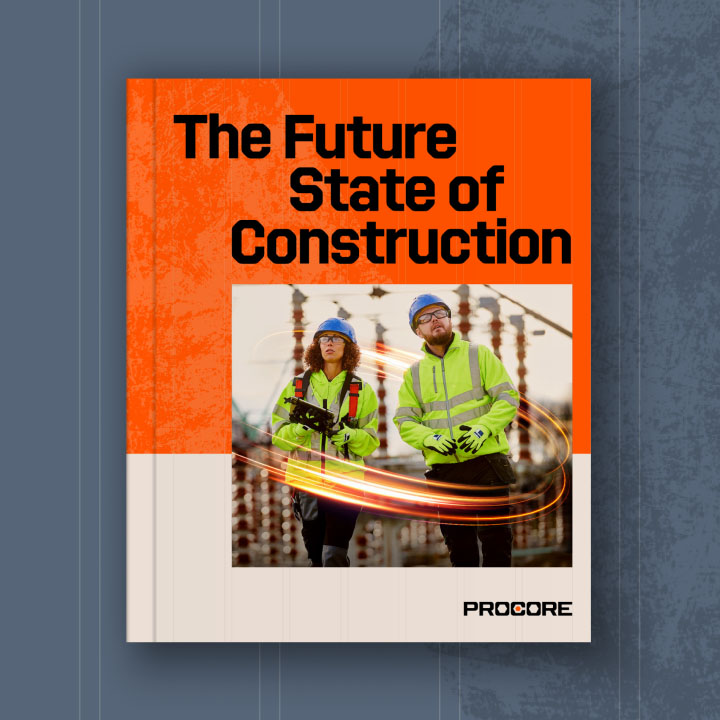
this is part of the series
Ctrl + Build
Categories:
Written by

Maryrose Walsh
Maryrose is the Manager of Enterprise Solutions Engineering at Procore and is dedicated to transforming the construction industry through innovative technology solutions. With a life long career in Pre Sales spanning many industries, she has a strong technical foundation in software architecture, integration, and scalable platforms. Bringing this rich experience to Procore, Maryrose excels at aligning complex solutions with the real-world needs of construction businesses through her customer first mindset and strategic approach. With her passion for driving innovation and efficiency, she is dedicated to collaborating with construction organisations to achieve transformative outcomes through technology.
View profileExplore more helpful resources
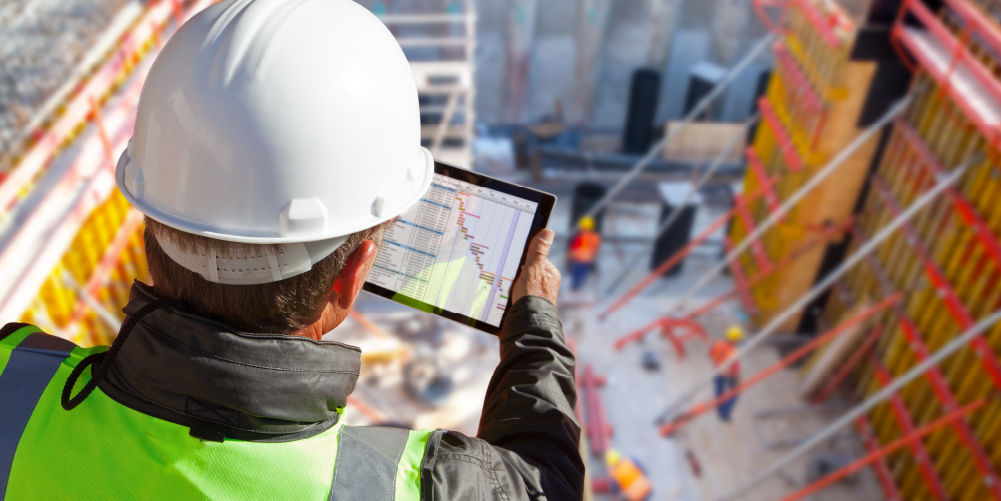
Managing Direct Costs in Construction: How Visibility Drives Profitability
Direct costs define the financial reality of every construction project. They cover the labour, materials, and equipment that drive delivery and determine profitability. But even the best-planned budgets can shift...
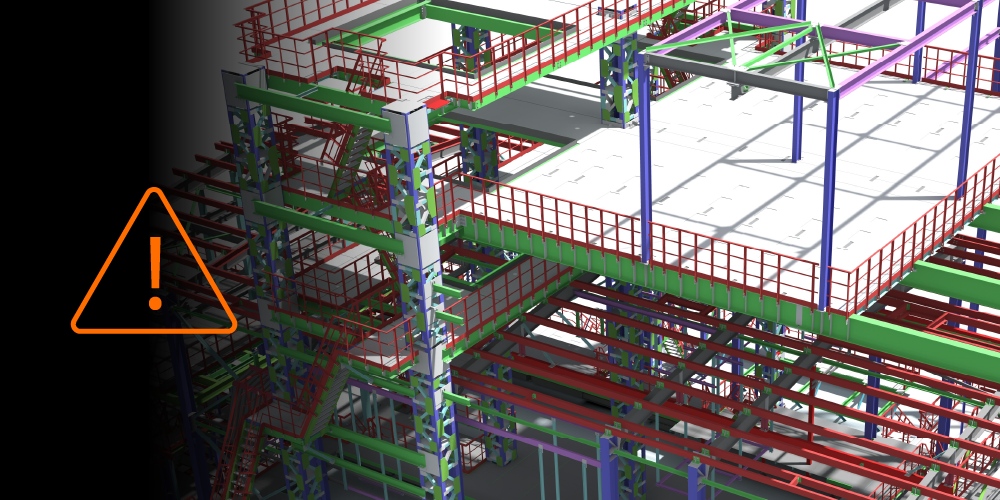
BIM Clash Detection: Reducing Rework, Delays, and Risk in Construction
Design clashes can be a significant hidden cost in construction, as each conflict between systems risks expensive rework, project delays, and reduced margins. BIM clash detection empowers teams to identify...

Next-Gen Job-Costing: Ready to Move? 5 Things to Consider Before You Get Started
In this three-part series, Quantity Surveyor turned Financial Solutions Specialist Clint Burgess uncovers the real-world gains for people, processes, and profits when businesses move from legacy to next-generation Enterprise Resource...

From Workarounds to Workflow: Solving Construction’s Legacy Job-Costing System Challenges with Next-Gen Tools
In this three-part series, Quantity Surveyor turned Financial Solutions Specialist Clint Burgess uncovers the real-world gains for people, processes, and profits when businesses move from legacy to next-generation Enterprise Resource...
